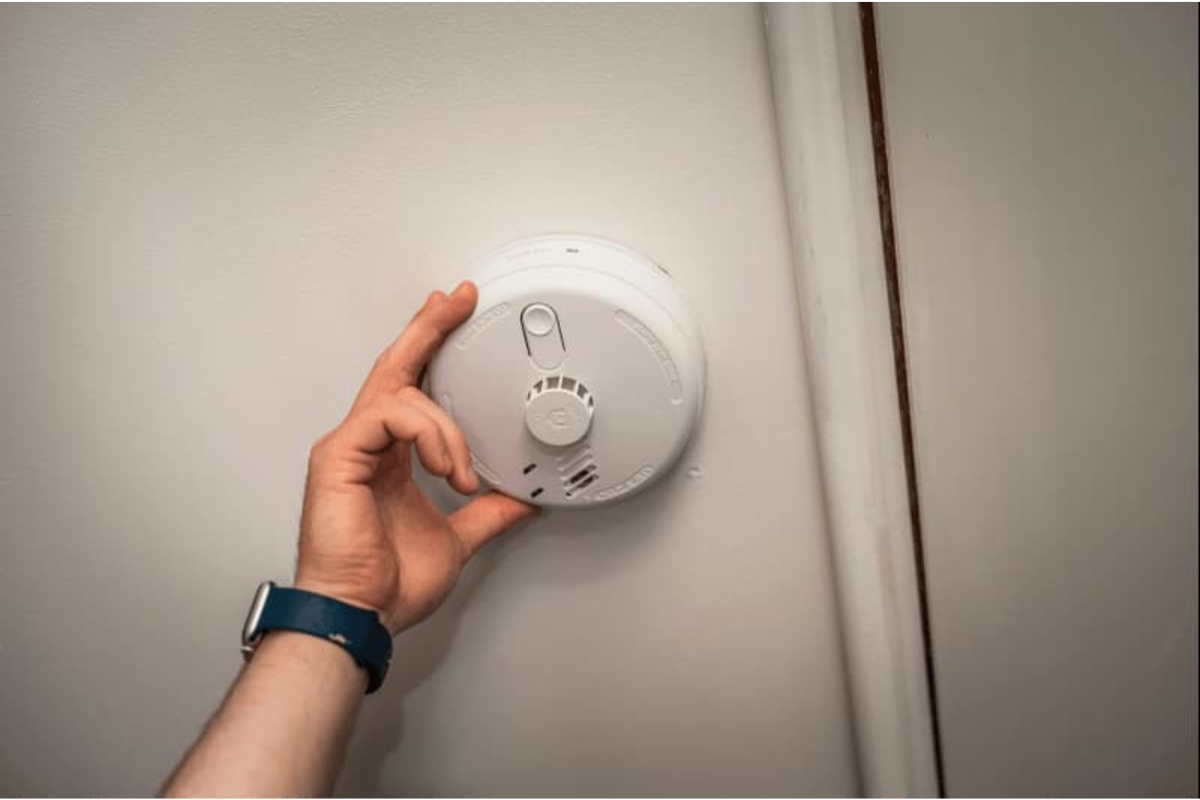

Articles
How To Turn Off A Smoke Detector
Modified: October 20, 2024
Learn how to easily turn off a smoke detector with these helpful articles. Ensure your safety and silence the alarm without any hassle.
(Many of the links in this article redirect to a specific reviewed product. Your purchase of these products through affiliate links helps to generate commission for Storables.com, at no extra cost. Learn more)
Introduction
Smoke detectors play a crucial role in keeping our homes safe from fire hazards. They are designed to detect the presence of smoke and emit a loud alarm to alert occupants of a potential fire. While having a functioning smoke detector is essential for fire safety, there may be situations where you need to temporarily turn off a smoke detector. Whether it’s due to a false alarm or for maintenance purposes, it’s important to understand how to properly turn off a smoke detector without compromising your safety.
In this article, we will discuss the importance of smoke detectors, how they work, the reasons you may need to turn them off, and the safety precautions you should take before doing so. We will also provide a step-by-step guide on how to turn off a smoke detector and offer some tips on what to do when a smoke detector keeps going off unnecessarily.
Fire safety should always be a priority, and smoke detectors are an integral part of that equation. Understanding how to navigate the functions of a smoke detector will help you ensure the safety of your household in the event of a fire.
Key Takeaways:
- Prioritize fire safety by understanding the importance of smoke detectors, maintaining them regularly, and taking necessary precautions when temporarily turning them off for cooking, maintenance, or false alarms.
- When dealing with a smoke detector that keeps going off unnecessarily, take proactive steps such as cleaning, checking battery levels, and considering relocation or upgrades to ensure reliable fire detection and minimize false alarms.
Read more: How To Turn Off A Smoke Detector In Hotel
Importance of Smoke Detectors
Smoke detectors are essential devices that can literally be lifesavers. They are designed to detect the early signs of a fire and provide occupants with valuable time to evacuate safely. Here are some key reasons why smoke detectors are of utmost importance:
- Early Fire Detection: Smoke detectors are designed to detect smoke particles in the air. They can sense the presence of smoke even before it becomes visible or noticeable to the human eye. This early detection is crucial in giving occupants more time to react and escape from a potentially dangerous situation.
- Alert System: Smoke detectors are equipped with loud alarms that can wake individuals from sleep and instantly notify them of the danger. These alarms are designed to be loud and attention-grabbing to ensure that everyone in the house is alerted, including those who may be in a deep sleep or have hearing impairments.
- Fire Prevention: In addition to alerting occupants, smoke detectors can also act as a deterrent to fire. When smoke is detected, the alarm may be enough to scare off the flames or ignite a sprinkler system, potentially extinguishing the fire before it grows out of control.
- Early Warning for Carbon Monoxide: Many smoke detectors also have the ability to detect carbon monoxide, a deadly gas that is odorless and colorless. Carbon monoxide can be produced by faulty heating systems or appliances and poses a serious health hazard. By having a smoke detector with carbon monoxide detection capabilities, you can be alerted to the presence of this dangerous gas.
- Compliance with Building Regulations: Smoke detectors are often required by building regulations and codes. It is important to have functioning smoke detectors installed in your home to comply with these regulations and ensure the safety of yourself and others.
Ultimately, smoke detectors are an integral part of any home’s safety system. They provide invaluable early warnings, allowing occupants to evacuate safely, and can help prevent fires from escalating into major disasters. Regularly testing and maintaining smoke detectors is essential to ensure they are fully operational and able to detect smoke effectively.
Understanding Smoke Detector Alarms
Smoke detector alarms are designed to alert occupants of the presence of smoke, indicating a potential fire. Understanding how these alarms work and the various types available can help you better comprehend their importance and functionality. Here are some key aspects to consider:
- Ionization Alarms: Ionization smoke alarms use a small amount of radioactive material to ionize the air inside the detector. When smoke particles enter the chamber, they disrupt the ionization, triggering the alarm. These alarms are more responsive to fast-burning fires.
- Photoelectric Alarms: Photoelectric smoke alarms use a light source and a photosensitive sensor to detect smoke. When smoke particles reflect or scatter the light, it triggers the alarm. These alarms are more effective at detecting slow-burning, smoldering fires.
- Dual-Sensor Alarms: Dual-sensor smoke alarms combine both ionization and photoelectric technologies to provide broader fire detection capabilities. They are designed to respond to a wider range of fires, including both fast-burning and smoldering fires.
- Heat Alarms: Heat alarms, as the name suggests, are triggered by an increase in temperature rather than smoke. They are commonly used in areas where smoke or fumes are regularly present, such as kitchens or garages.
When a smoke detector alarm is triggered, it emits a loud sound to alert occupants of the potential fire. The alarm is typically a high-pitched, continuous tone that is designed to catch attention and prompt immediate action. Some advanced smoke detectors also come with additional features, such as voice alerts or strobe lights, to cater to individuals with hearing impairments.
It is important to note that smoke detectors should never be ignored or taken lightly. Even if the alarm is triggered unintentionally or seems like a false alarm, it is crucial to thoroughly investigate and ensure there is no actual fire or hazardous situation. False alarms should be considered as an indication that the smoke detector may need maintenance or adjustment.
Regularly testing smoke detector alarms is essential to ensure they are working correctly and ready to alert you in case of a fire emergency. It is recommended to test your smoke detectors at least once a month and replace the batteries twice a year to maintain their optimal performance.
Reasons to Turn Off a Smoke Detector
While it is crucial to have functioning smoke detectors in your home for fire safety, there may be situations where you need to temporarily turn off a smoke detector. Here are some common reasons why you might need to do so:
- Cooking Activities: Smoke detectors located near the kitchen can be triggered by cooking activities, especially when using high heat or creating smoke, such as when grilling or searing food. In such cases, you may need to temporarily turn off the smoke detector to prevent false alarms while cooking.
- Renovation or Construction: When performing renovation or construction work in your home, the dust and debris generated can trigger smoke detectors. It may be necessary to turn off nearby smoke detectors temporarily to avoid unnecessary alarms during the work process.
- Testing or Maintenance: Performing routine maintenance, such as cleaning or testing, may require temporarily disabling a smoke detector. This allows you to work on or inspect the detector without triggering false alarms.
- Malfunctioning or Faulty Detector: Smoke detectors can sometimes malfunction or produce false alarms due to sensor issues or other technical problems. In such cases, you may need to turn off the malfunctioning detector until it can be repaired or replaced to prevent further false alarms.
- Frequent False Alarms: In some cases, smoke detectors may experience frequent false alarms for various reasons, such as cooking activities or environmental factors like high humidity or steam. If the false alarms become excessive or disruptive, temporarily disabling the smoke detector may provide temporary relief.
It is important to note that turning off a smoke detector should only be a temporary measure and should not be a regular practice. Fire safety should always be a top priority, and smoke detectors play a vital role in detecting and alerting you to potential fires. Always ensure that smoke detectors are reactivated as soon as the temporary situation is resolved or the maintenance work is completed.
Furthermore, it is crucial to prioritize fire safety by regularly testing and maintaining your smoke detectors to ensure their proper functioning. Periodic checks and battery replacements are essential to keep the smoke detectors in optimal condition and ready to provide early warnings in the event of a fire emergency.
If your smoke detector is beeping due to low battery, simply remove the old battery and replace it with a new one. If it’s still beeping, try pressing the reset button or cleaning the detector to remove any dust or debris. If the issue persists, it may be time to replace the entire unit.
Safety Precautions before Turning Off a Smoke Detector
Before turning off a smoke detector, it is important to take certain safety precautions to ensure the continued protection of your home and the safety of its occupants. Here are some essential safety measures to consider:
- Consider Alternative Solutions: Before turning off a smoke detector, think about alternative solutions to address the issue at hand. For example, if cooking activities often trigger the alarm, consider using a range hood or opening windows and doors to improve ventilation and reduce the chances of a false alarm.
- Install Additional Smoke Detectors: If you find yourself needing to turn off a smoke detector frequently in a specific area, consider installing additional detectors in different locations. This way, you can maintain fire safety coverage while reducing the risk of false alarms from a single detector.
- Inform Household Members: Make sure all household members are aware that a smoke detector will be temporarily turned off. It is important to educate them about fire safety precautions and emphasize the need to remain vigilant during this time.
- Plan an Evacuation Route: Familiarize yourself and your family members with a well-planned evacuation route in the event of a fire emergency. Identify multiple exit points and establish a meeting place outside the home. This helps ensure a swift and organized evacuation, even if a smoke detector is temporarily disabled.
- Stay Alert and Monitor Activities: While a smoke detector may be temporarily turned off, it is crucial to remain vigilant and cautious. Always be mindful of fire hazards and take necessary precautions to prevent fires, such as never leaving open flames unattended and practicing proper fire safety protocols.
- Re-enable the Smoke Detector Promptly: Once the temporary situation is resolved or the maintenance work is complete, reactivate the smoke detector without delay. Regularly check that it is functioning correctly and test it to ensure it can effectively detect and alert you to potential fires.
Remember, the safety of your home and its occupants should always be the top priority. While temporarily turning off a smoke detector may be necessary in certain situations, it is important to proactively implement alternative measures and promptly reactivate the detectors to maintain optimal fire safety.
Fire emergencies can occur unexpectedly, so it is essential to stay prepared and ensure that all safety measures, including functioning smoke detectors, are in place to protect yourself, your family, and your home from potential fire hazards.
Read more: How To Turn Off A Kidde Smoke Detector
Step-by-Step Guide: How to Turn Off a Smoke Detector
If you find yourself in a situation where you need to temporarily turn off a smoke detector, follow these step-by-step instructions:
- Locate the Smoke Detector: Identify the smoke detector that you need to turn off. It is typically mounted on the ceiling or high on the wall, near bedrooms, or in common areas.
- Ensure Safety Measures: Before proceeding, ensure that there is no immediate fire hazard or smoke present in the area. If there is an actual fire or smoke, immediately evacuate the premises and contact emergency services.
- Use a Stepladder if Needed: If the smoke detector is out of reach, carefully use a stable and secure stepladder to safely access it.
- Locate the Power Source: Depending on the type of smoke detector, it may be powered by batteries or connected to the electrical system of the house. Find the power source of the smoke detector.
- Remove Batteries or Disconnect Power: If the smoke detector is battery-operated, remove the batteries by either sliding open the battery compartment or twisting the cover to unlock it. If the smoke detector is hardwired, locate the power source and disconnect it by unplugging it or switching off the circuit breaker that supplies power to the detector.
- Confirm the Alarm Is Off: After removing the batteries or disconnecting the power, double-check that the smoke detector is no longer operational. Press and hold the test button to ensure the alarm does not sound. If it does, this may indicate that there is another power source or backup batteries still in use.
- Secure Access Points: While the smoke detector is turned off, ensure that all doors and windows are securely closed to minimize the chances of smoke or fire spreading unnoticed.
- Set a Reminder: To ensure the smoke detector is reactivated promptly, set a reminder to reinsert the batteries or restore the power source as soon as the temporary situation is resolved.
Remember, turning off a smoke detector should only be a temporary measure and should not be done without a valid reason. It is crucial to reactivate the smoke detector as soon as possible to ensure continued fire safety protection in your home.
Regularly test your smoke detectors, change the batteries according to manufacturer recommendations, and perform routine maintenance to ensure they are in optimal working condition and can provide early warnings in the event of a fire.
What to Do When Smoke Detector Keeps Going Off
Dealing with a smoke detector that keeps going off unnecessarily can be frustrating and disruptive. If you find yourself in this situation, here are some steps to take:
- Check for Real Fire or Smoke: Take immediate action to ensure there is no actual fire or smoke present in your home. If you see or smell smoke, or if there is a fire, evacuate the premises immediately and contact emergency services.
- Identify the Trigger: Try to identify the cause of the false alarms. Common triggers can include cooking activities, high humidity, steam, or dust. Understanding the trigger can help you find a solution to prevent further false alarms.
- Clean the Smoke Detector: Dust and debris can accumulate over time, causing false alarms. Use a soft brush or a vacuum cleaner with a brush attachment to gently clean the exterior and interior of the smoke detector. Be careful not to damage any sensors or components.
- Check Battery Levels: If your smoke detector is battery-operated, ensure that the batteries are properly seated and have sufficient charge. Replace the batteries as needed, following the manufacturer’s instructions.
- Inspect for Sensor Issues: If cleaning and replacing the batteries do not resolve the false alarms, inspect the sensor for any visible damage or obstruction. If you notice any issues, it may be necessary to replace the smoke detector.
- Relocate the Smoke Detector: If the false alarms persist, consider relocating the smoke detector to a different area of your home away from potential triggers. Ensure that it is installed according to the manufacturer’s guidelines.
- Upgrade to a Different Type of Smoke Detector: If you continue to experience frequent false alarms, consider upgrading to a different type of smoke detector. For example, switching from an ionization smoke alarm to a photoelectric one, or opting for a dual-sensor smoke alarm, may provide more accurate and reliable detection.
- Contact Professional Assistance: If you have tried the above steps and the false alarms persist, it may be beneficial to seek professional assistance. Contact a qualified electrician or fire safety technician to inspect and troubleshoot the smoke detector system.
Remember, false alarms should not be taken lightly, as they can indicate issues with the smoke detector or its functionality. It is essential to address the problem and ensure that your smoke detectors are working correctly to provide you with reliable and accurate fire detection.
Regular maintenance, including cleaning, battery replacements, and periodic testing, is crucial to keep your smoke detectors in optimal condition. This will help minimize false alarms and provide early warnings in case of a real fire emergency.
Conclusion
Smoke detectors are indispensable devices that play a crucial role in ensuring the safety of our homes. They provide early detection of smoke and alert occupants to potential fire hazards, giving them precious time to evacuate safely. It is essential to understand the importance of smoke detectors, how they work, and the necessary steps to maintain and operate them effectively.
In this article, we discussed the significance of smoke detectors and their ability to detect fires early on. We explored the different types of smoke detector alarms and their functionalities, including ionization, photoelectric, dual-sensor, and heat alarms. Understanding these variations helps us comprehend their suitability in different scenarios.
We also discussed the reasons why you might need to turn off a smoke detector temporarily, such as during cooking activities, renovations, maintenance, or in case of malfunctioning detectors. However, it is crucial to exercise caution and follow safety precautions before disabling a smoke detector to ensure continued fire safety.
Moreover, we provided a helpful step-by-step guide on how to turn off a smoke detector properly when necessary. It is important to remember that turning off a smoke detector should only be done temporarily and the detector should be reactivated promptly once the situation is resolved.
In situations where a smoke detector keeps going off unnecessarily, we outlined steps to address the issue, such as checking for real fire or smoke, cleaning the detector, checking battery levels, and considering relocation or upgrade options if needed. Prioritizing regular maintenance and testing is key to ensuring smoke detectors function optimally and provide reliable fire detection.
Overall, fire safety is a responsibility that should not be taken lightly. Smoke detectors serve as critical guardians, providing early alerts and giving us the opportunity to take prompt action in the event of a fire. By understanding their importance, properly maintaining them, and knowing how to handle specific situations, we can enhance the safety of our homes and protect the well-being of our loved ones.
Frequently Asked Questions about How To Turn Off A Smoke Detector
Was this page helpful?
At Storables.com, we guarantee accurate and reliable information. Our content, validated by Expert Board Contributors, is crafted following stringent Editorial Policies. We're committed to providing you with well-researched, expert-backed insights for all your informational needs.
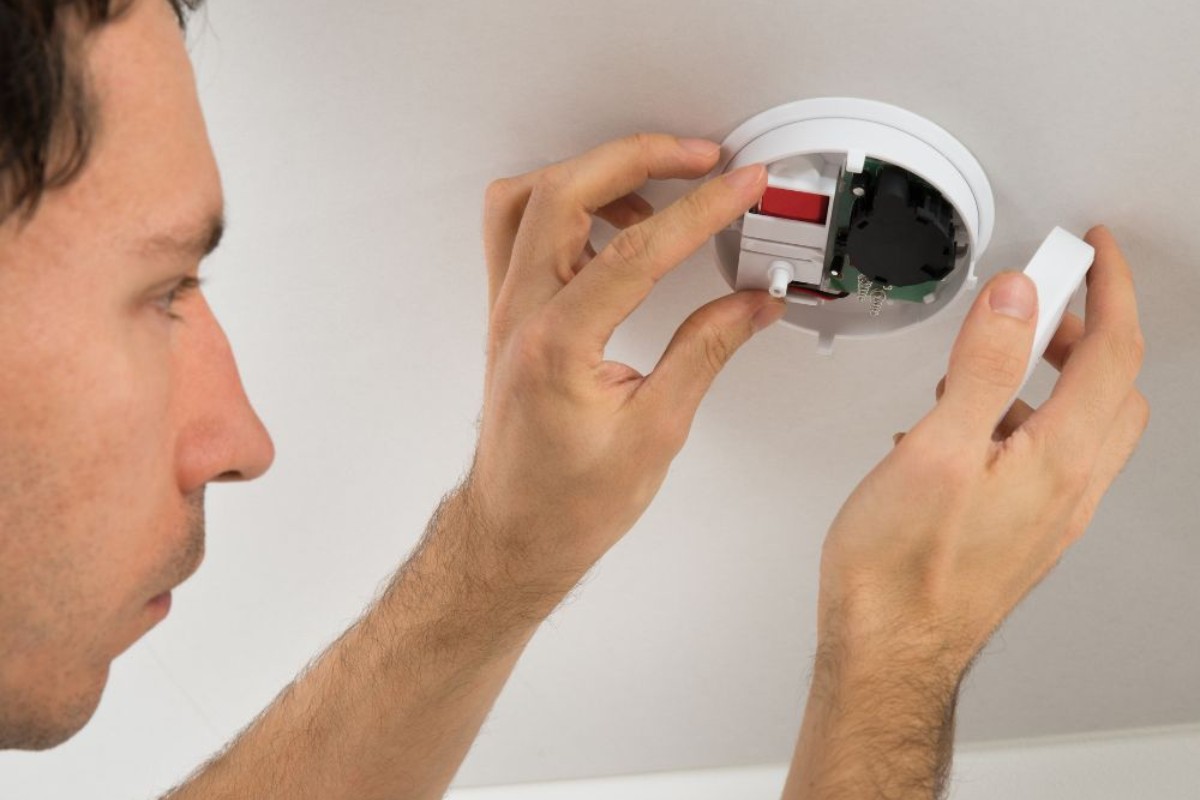
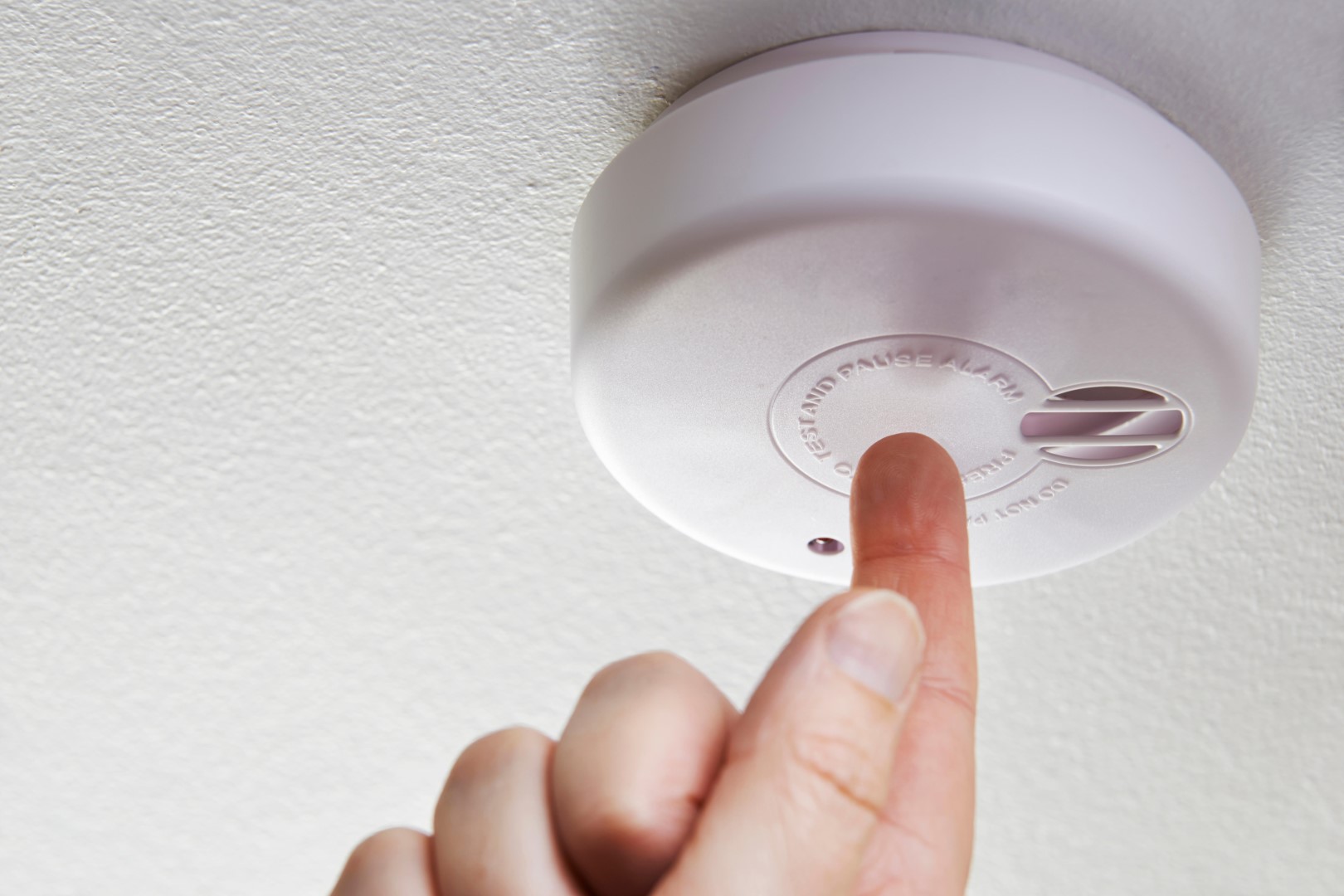

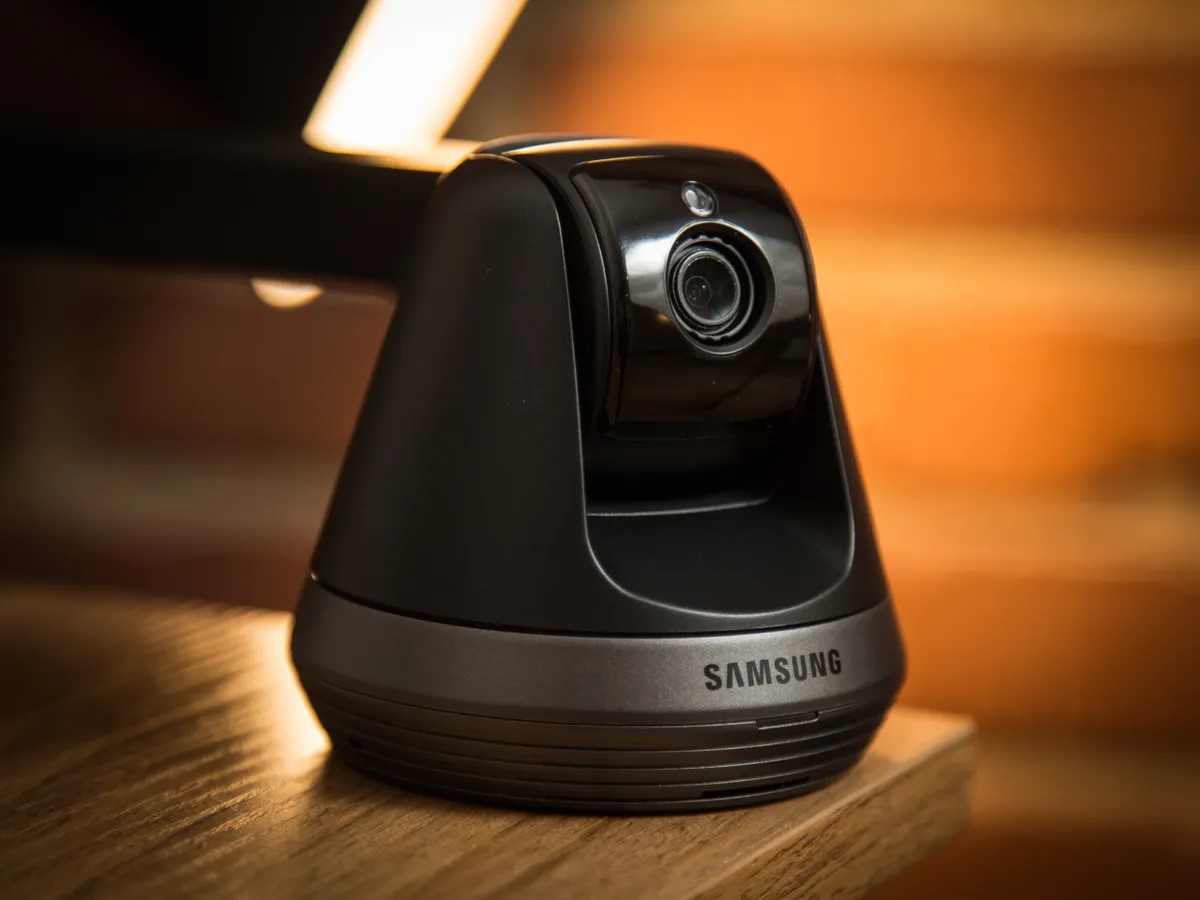
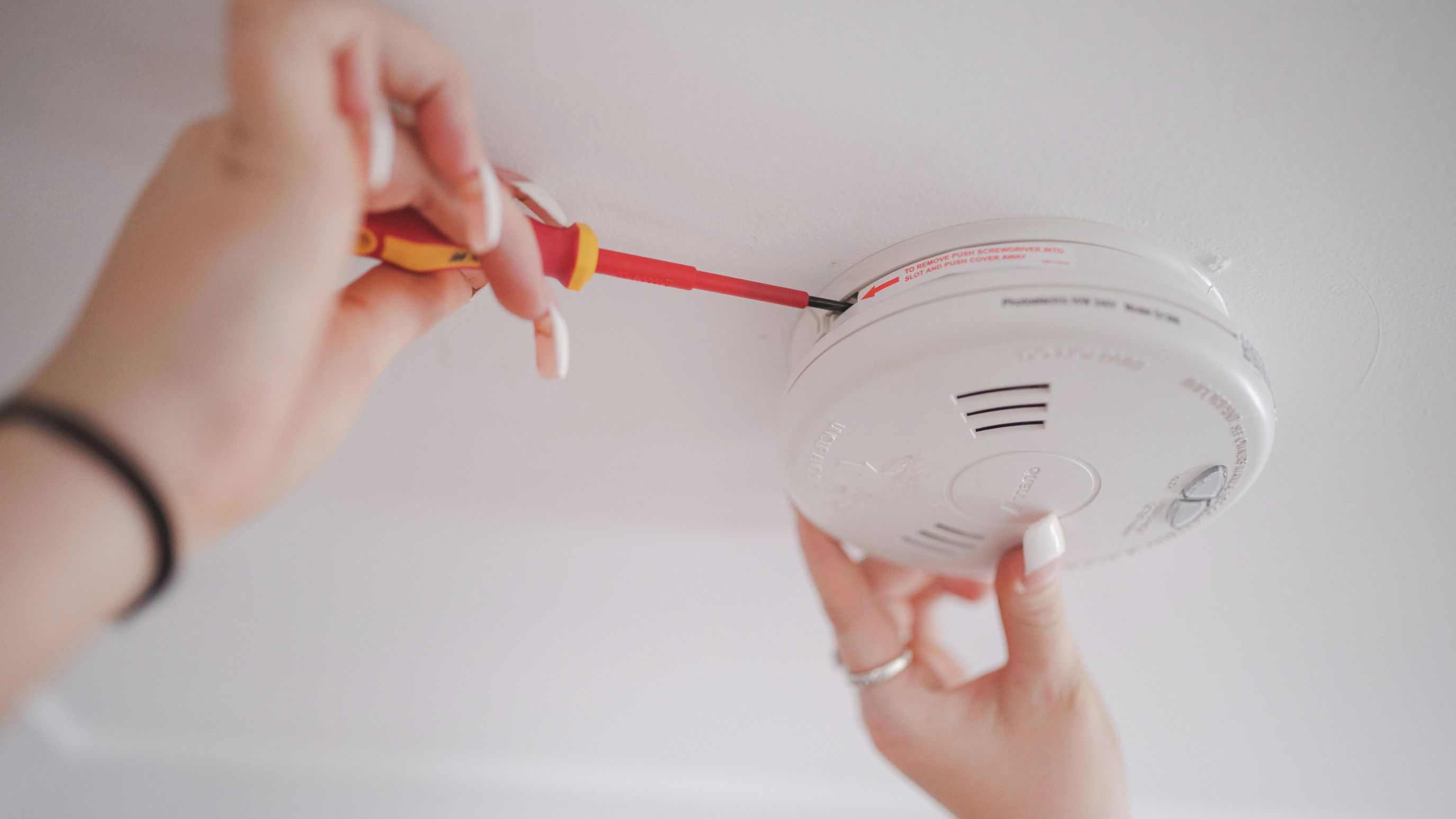
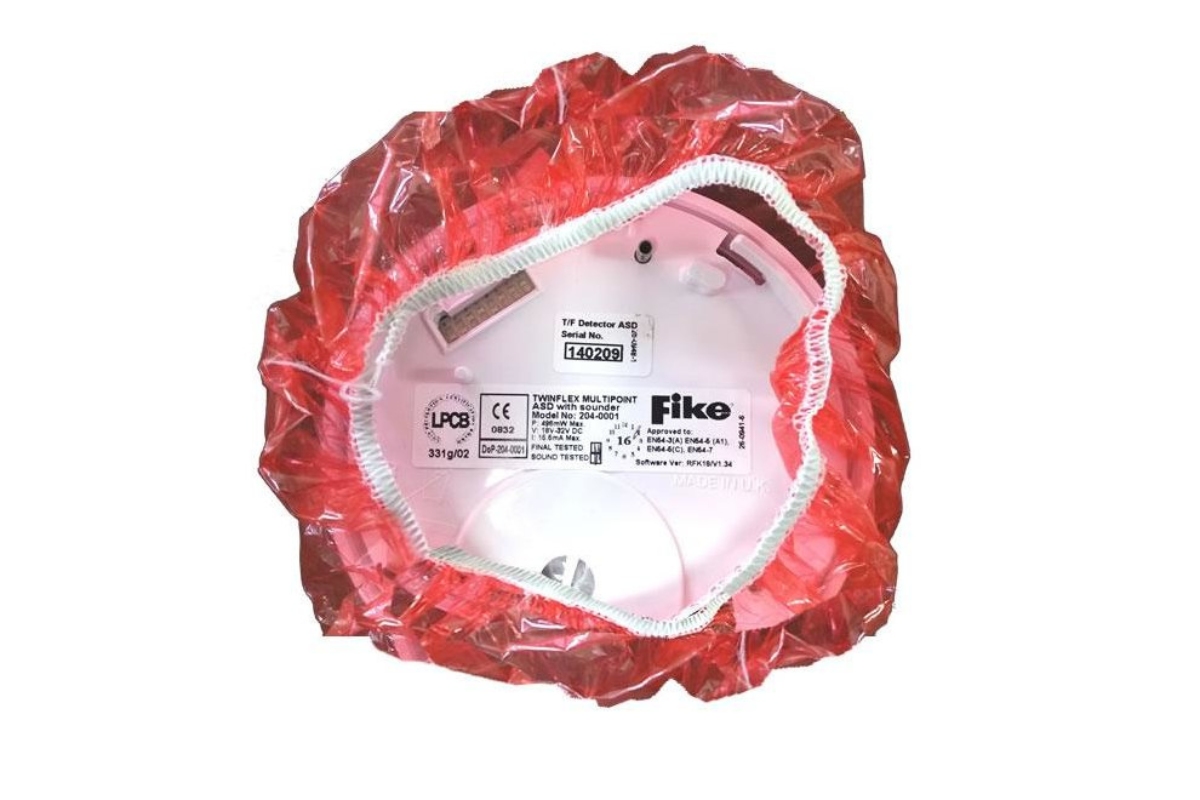
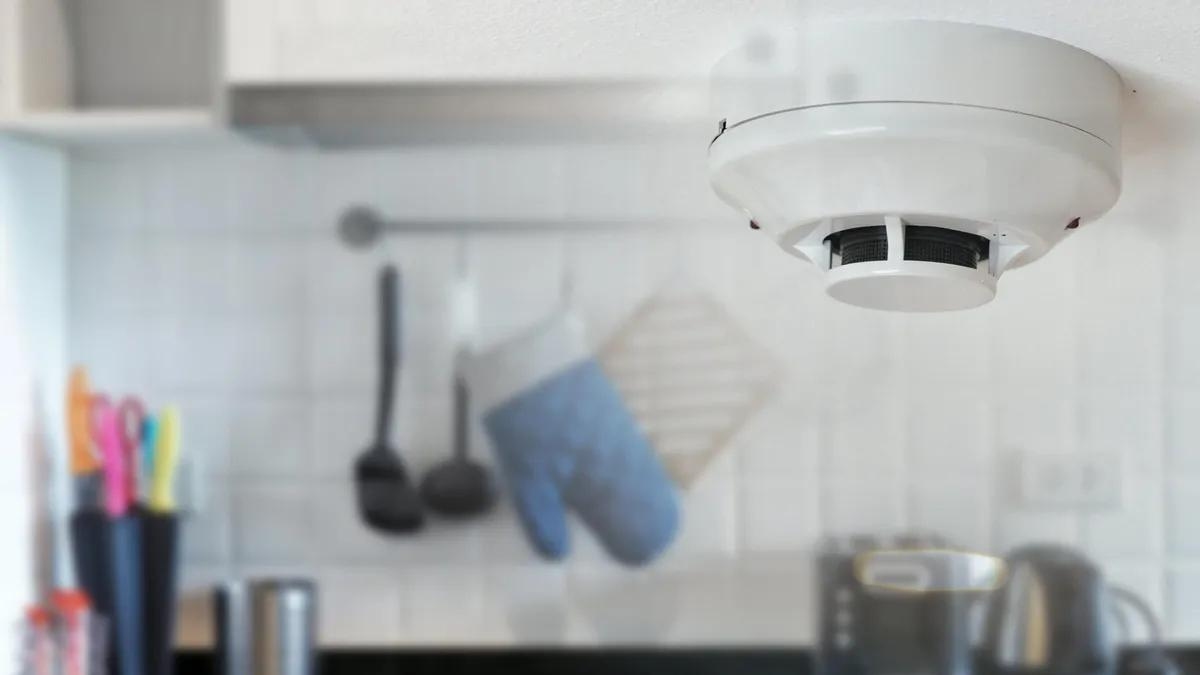
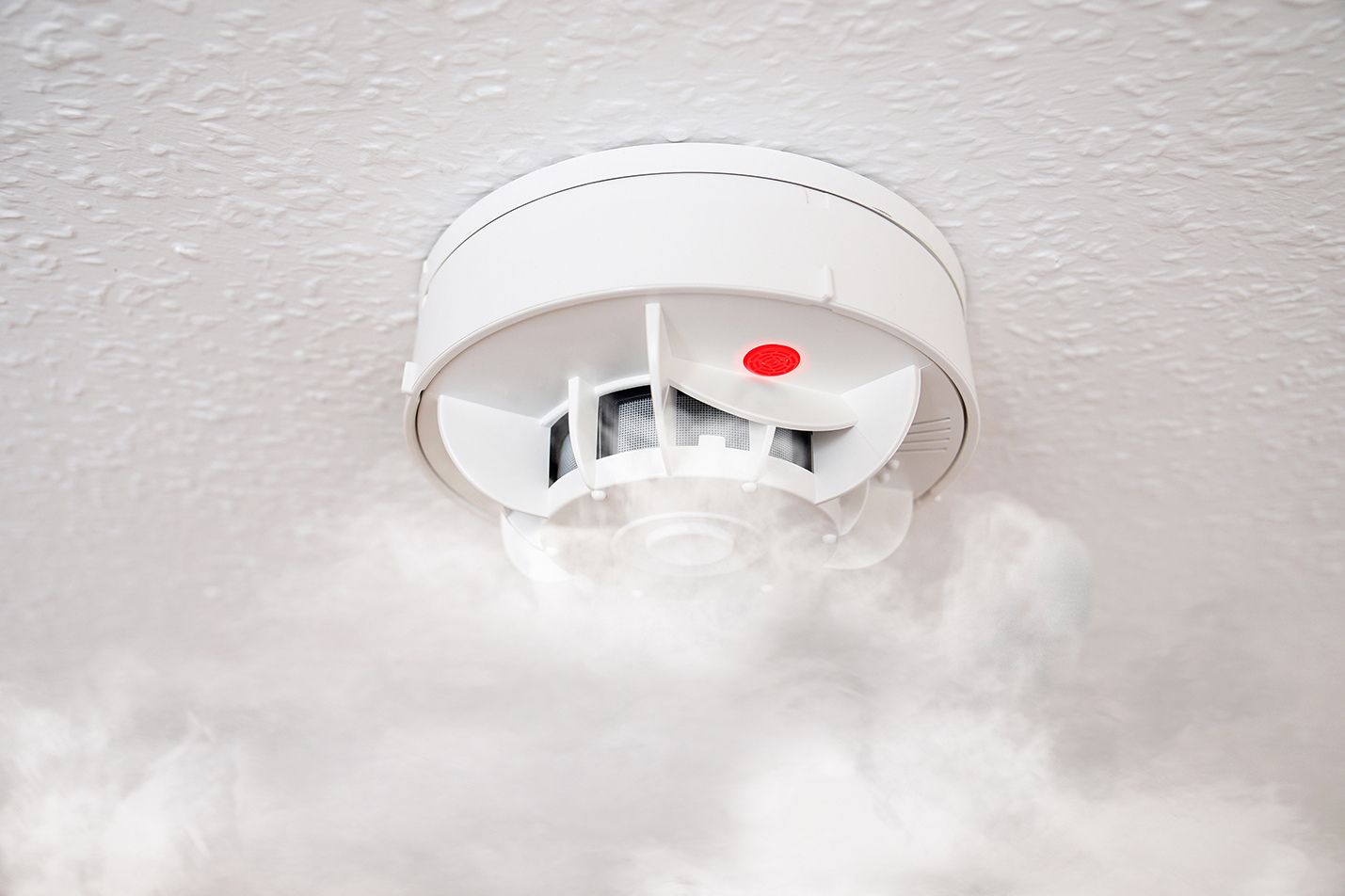
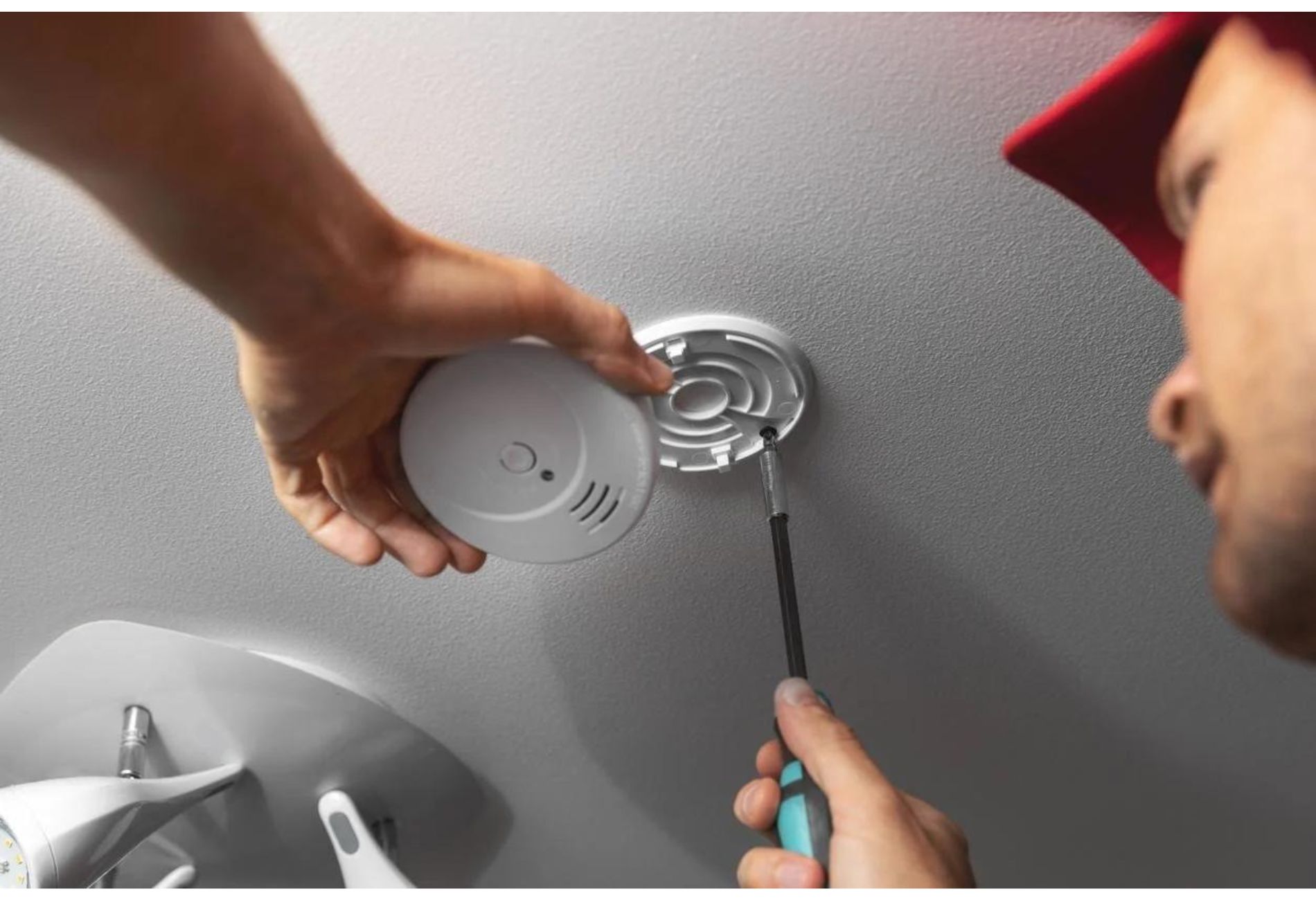
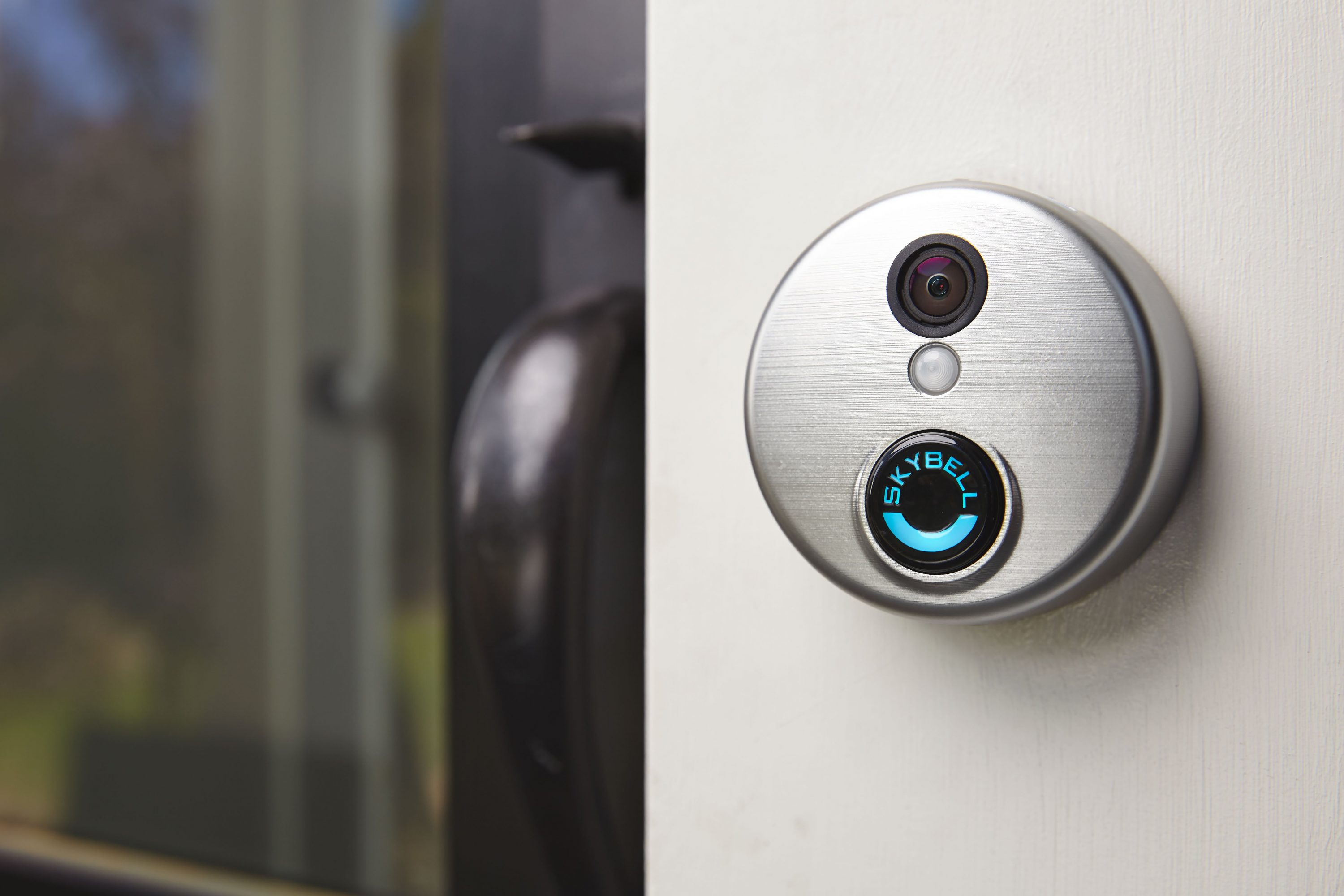
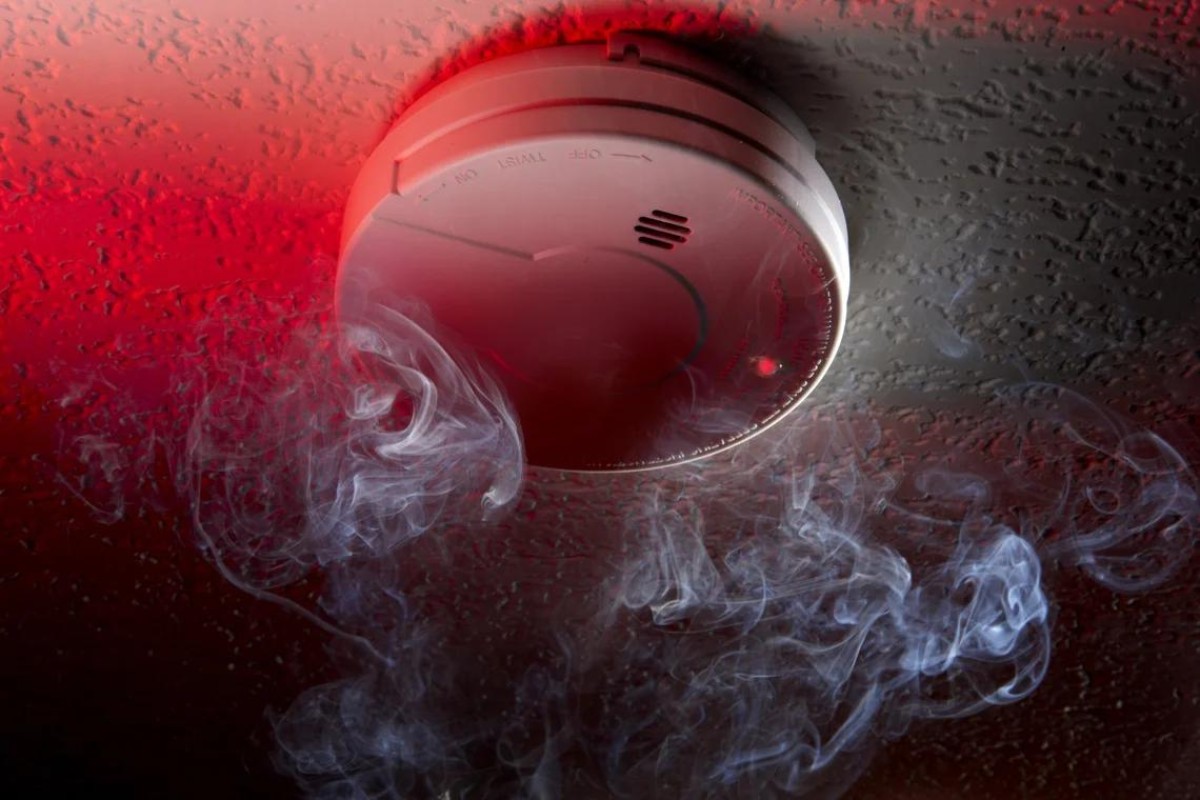
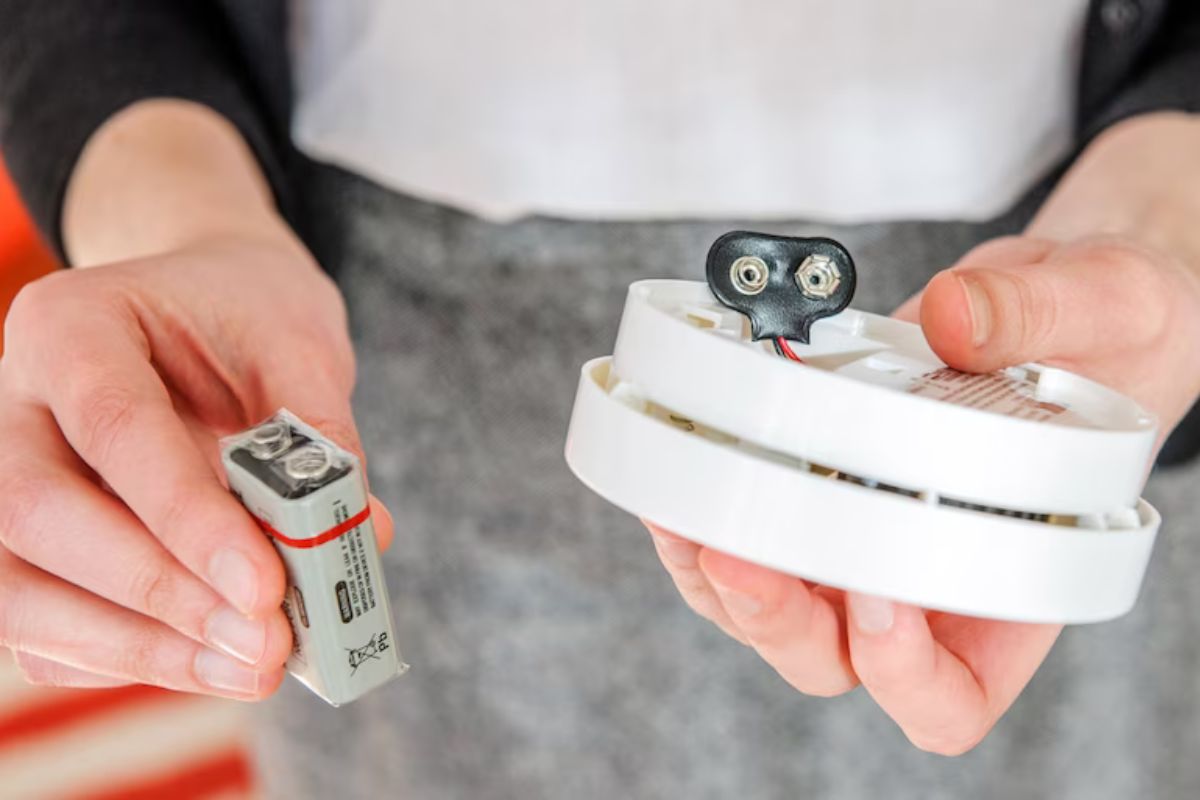
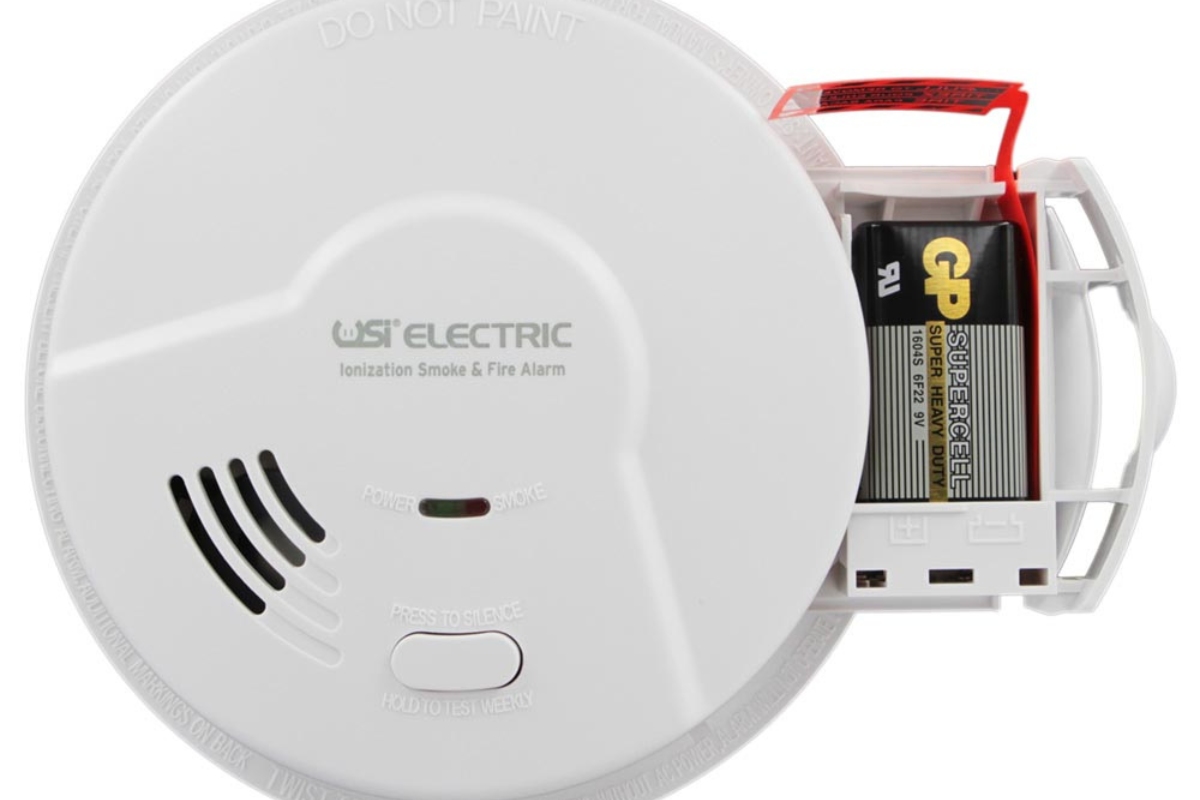
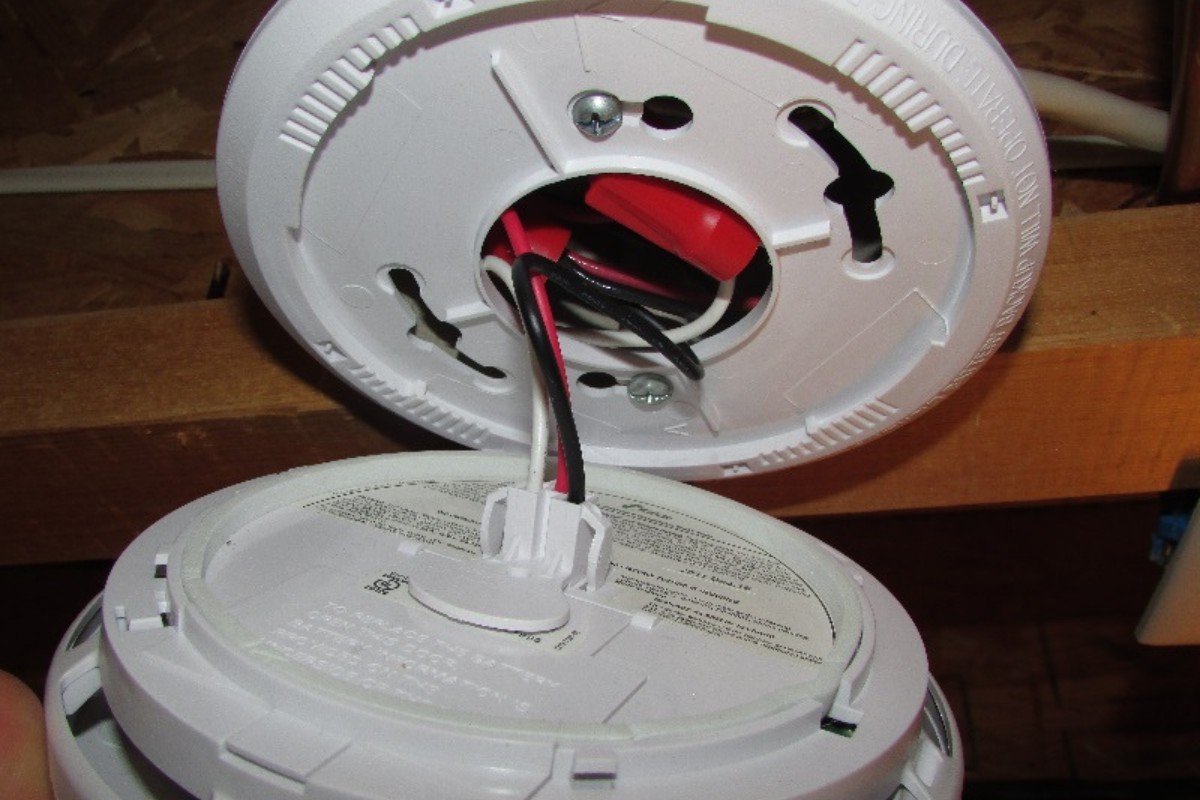

0 thoughts on “How To Turn Off A Smoke Detector”